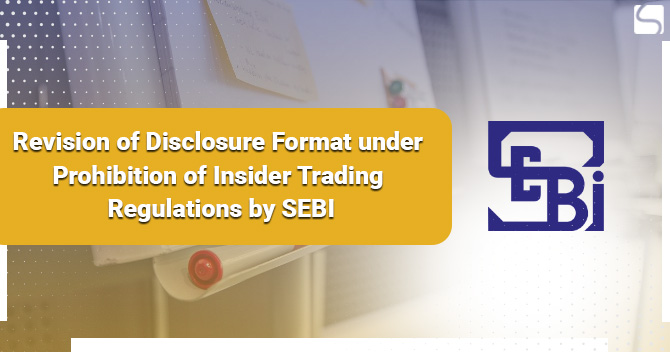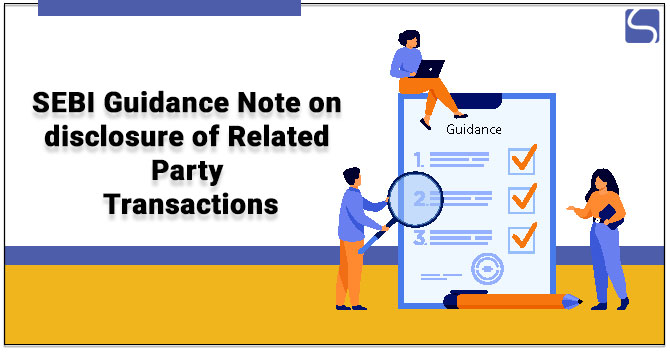What are the Documents Required for Mergers and Acquisitions?

Karan Singh | Updated: Mar 28, 2021 | Category: Mergers and Acquisitions, SEBI Advisory
There are many steps in the process of mergers and acquisitions and can often take to complete from six months to several years. But before starting the process of mergers and acquisitions, you need to prepare all the essential documents required for Mergers and Acquisitions. The documentation part of mergers and acquisitions is of supreme importance. It can be considered as the depth of merger and acquisition. In this blog, we discuss the documents required for mergers and acquisitions.
Table of Contents
What is a Mergers and Acquisitions? – An Overview
When two companies or entities combine and form a new single company or entity, it is called a merger. For example, when a company X and a company Y combine and form a new single company XY, it’s a merger. Whereas acquisition is very different from a merger, a company purchases another company or entity. When Company X buys Company Y and makes it a part of Company X, it is acquisition. In simple words, one company overtakes another company. Like how some nations were so interested in winning other nations to strengthen their power, wealth and expanding their boundaries, many companies are willing to buy other companies that have a good customer base and market position in today’s world. For example, recently, in 2020, Zomato buys Uber Eats.
Mergers and acquisitions are used in different fields to upsurge the customer base, expand the business, combine wealth, enter into a market through a well-recognized company, and gain a good position and power. It is also essential to eliminate competitions or competitors. After understanding the definition of mergers and acquisition, let us know all the vital documents required for mergers and acquisitions.
Also, Read: What are the Benefits of Mergers and Acquisitions?
What are the Essential Documents Required for Mergers and Acquisitions?
Following is the list of all the vital documents required for Mergers and Acquisitions:
- Articles of Incorporation: Modifications to the Articles of Incorporation of the enduring company are vital. This comprises the issuance of a new class of shares, if any, as per the Acquisition Agreement, changes in the company’s name, any change in the purpose clause, development details by the company, etc.
- Letter of Intent: This document is the commencement of a merger and acquisition transaction. The significance of this document is sometimes not observed by the seller. The seller has to consider the Letter of Intent with the same diligence which they make for other documents in merger and acquisition transaction. Though the document is non-binding, some clauses like individuality, confidentiality, termination, governing law & adjudication, fees, and expenses of the Letter of Intent are binding.
- Acquisition Agreement: Parties in the transaction will come into an Acquisition Agreement which is a binding document. This agreement includes the terms of the deal entered between parties. The primary clauses in an acquisition agreement are interpretation, description, representations, conditions, indemnification, contracts, warranties, etc. The acquisition agreement should be carefully drafted to avoid future arguments or uncertainties.
Different Stages and Further Documents Required for Mergers and Acquisitions
The procedure for Merger and Acquisition is not an easy process that can be concluded between the parties involved, and it requires approval from the National Company Law Tribunal. Let’s check the various stages and some additional documents required for Mergers and Acquisitions:
- Step 1: Drafting Scheme of Amalgamation: This is the crucial stage, and this document sets out the terms and conditions of the whole process. Hence after a long time or negotiation only, the document is drafted. It is a major document that comprises the following clauses:
- Legal Proceedings.
- Accounting Treatment.
- Preamble.
- Interpretations and Definitions.
- Operative and Effective dates clauses.
- Accounting Treatment.
- Transfer and Vesting Clauses.
- Clause for general terms and others.
- Staffs and Employees of the Transferee Company.
- Share Capital Clauses.
- Step 2: Approval of BODs: Once the above step is done, then the next step is to get the approval of Boards of Directors (BODs). In this step, the drafted or prepared Scheme of Amalgamation is shown before the approval of the Boards of Directors. Without the consent of the board, the next steps are nor possible.
- Step 3: Filing of Petition before NCLT: Once you get approval from the Board of Directors, a petition is filed before NCLT (National Company Law Tribunal) for approving the Scheme of Amalgamation and the company’s merger and acquisition. Both the Transferee and Transferor must file this petition as per the provisions in the Companies Act. The petitions will be submitted in Form NCLT-1 along with the admission notice in FormNCLT-2, an affidavit in Form NCLT-6, a copy of the Scheme of Agreement and Compromise.
Following are some documents to be submitted by Transferor:
- MOA (Memorandum of Association) and AOA (Articles of Association).
- Submit a consent affidavit filed by the number of unsecured creditors.
- Audited Balance Sheet.
- Detailed list of all equity shareholders.
- Auditor’s Certificating defining the number of Secured Creditors.
- Auditor’s Certificating defining the number of Unsecured Creditors.
- Submit a Board Resolution for authorization and approval of the scheme.
- Affidavits filed by the Equity Shareholders.
- Submit the Auditor’s Certification about the accounting treatment prescribed in the Scheme of Amalgamation.
Following are some documents to be submitted by Transferee:
- Submit a consent affidavit filed by the number of unsecured creditors.
- Audited Balance Sheet.
- Detailed list of all equity shareholders.
- Submit a Board Resolution for authorization and approval of the scheme.
- Affidavits filed by the Equity Shareholders.
- Submit the Auditor’s Certification about the accounting treatment prescribed in the Scheme of Amalgamation.
- MOA (Memorandum of Association) and AOA (Articles of Association).
- Auditor’s Certificating defining the number of Secured Creditors.
- Auditor’s Certificating defining the number of Unsecured Creditors.
Additional Documents:
- Observation Letter delivered by the Stock Exchanges approving the Scheme of Amalgamation;
- Submit a Certificate of CA for non-applicability of getting a Valuation Report;
- Undertaking regarding the Non-Applicability of paragraph I(A) 9(a) of Annexure I of SEBI Circular No. CIR/CFD/CMD/16/2015 dated November 30, 2015;
- Fairness Opinion delivered by the Merchant Banks on the Amalgamation Scheme.
- Step 4: Meetings of the Creditors & Shareholders: The NCLT may cancel the petition for a suitable reason. Otherwise, it will go straight for the meetings of the creditors and shareholders for getting approval for M&A. A notification in the Form CAA-2 is sent to them through speed post/ email/ courier or hand-on delivery or any other modes as directed by the Tribunal.
- Step 5: Getting Approval from Regional Director: No objection from the Official Receiver or Regional Director is mandatory. Official Receiver of Liquidators operates under the Regional Director, who observers the working of Official Liquidators. They are selected by the Central Government of India under Section 448 of the Companies Act, 1956.
- Step 6: Filing of Final Petition: NCLT will look into the complete process and if it is pleased that the meeting of creditors and shareholders and all other processes are perfectly carried out as per the provisions and will check if the auditor of a company has certified the company’s accounting standards, provides the order in the Form CAA-6.
Conclusion
Mergers and Acquisitions are used as instruments for momentous growth and are getting accepted by Indian businesses like never before. The above-mentioned documents required for Mergers and Acquisitions process therefore adhere to the above mentioned requirements sincerely.
Also, Read: Procedure for Mergers and Acquisitions: A Simplified Guide














